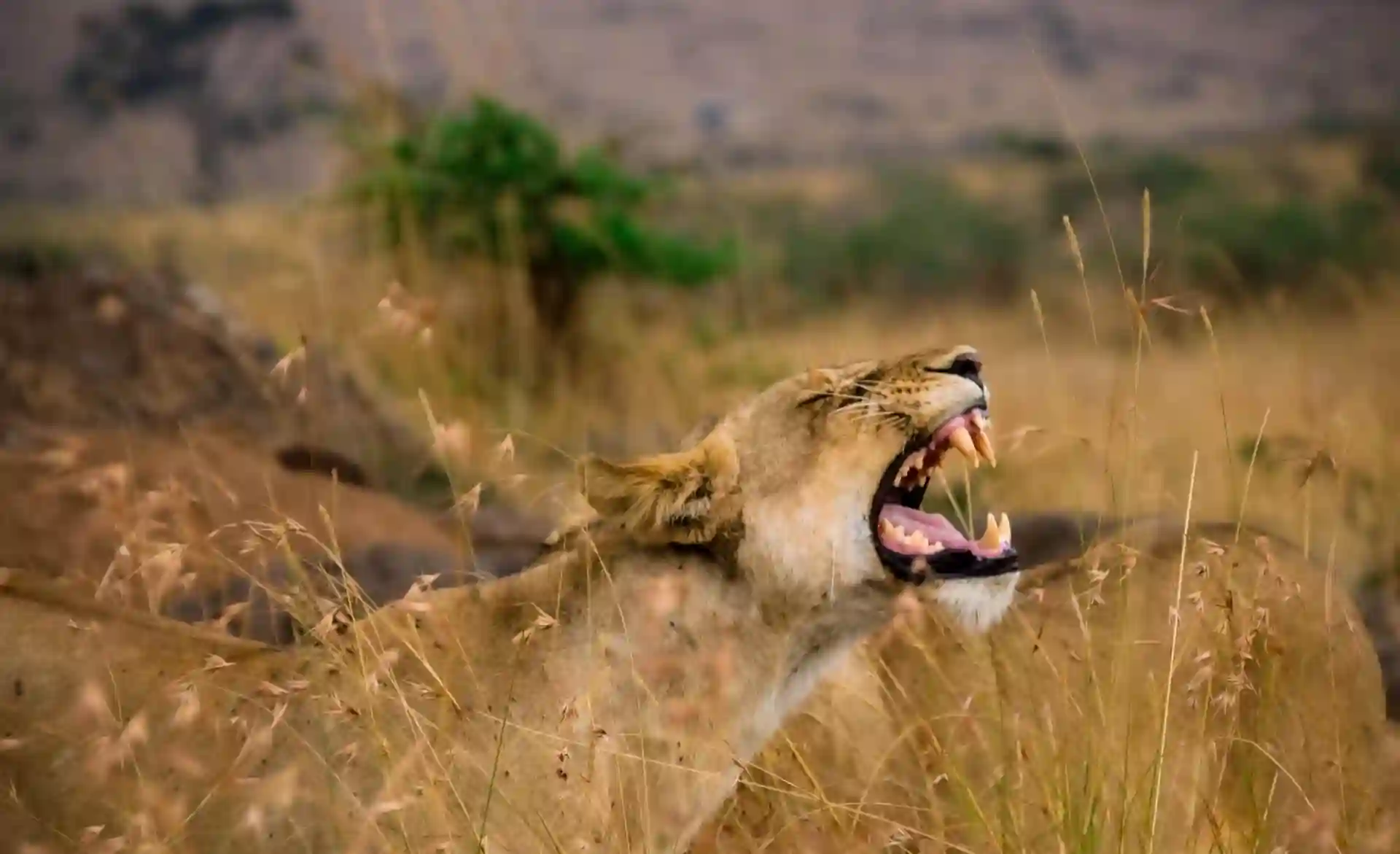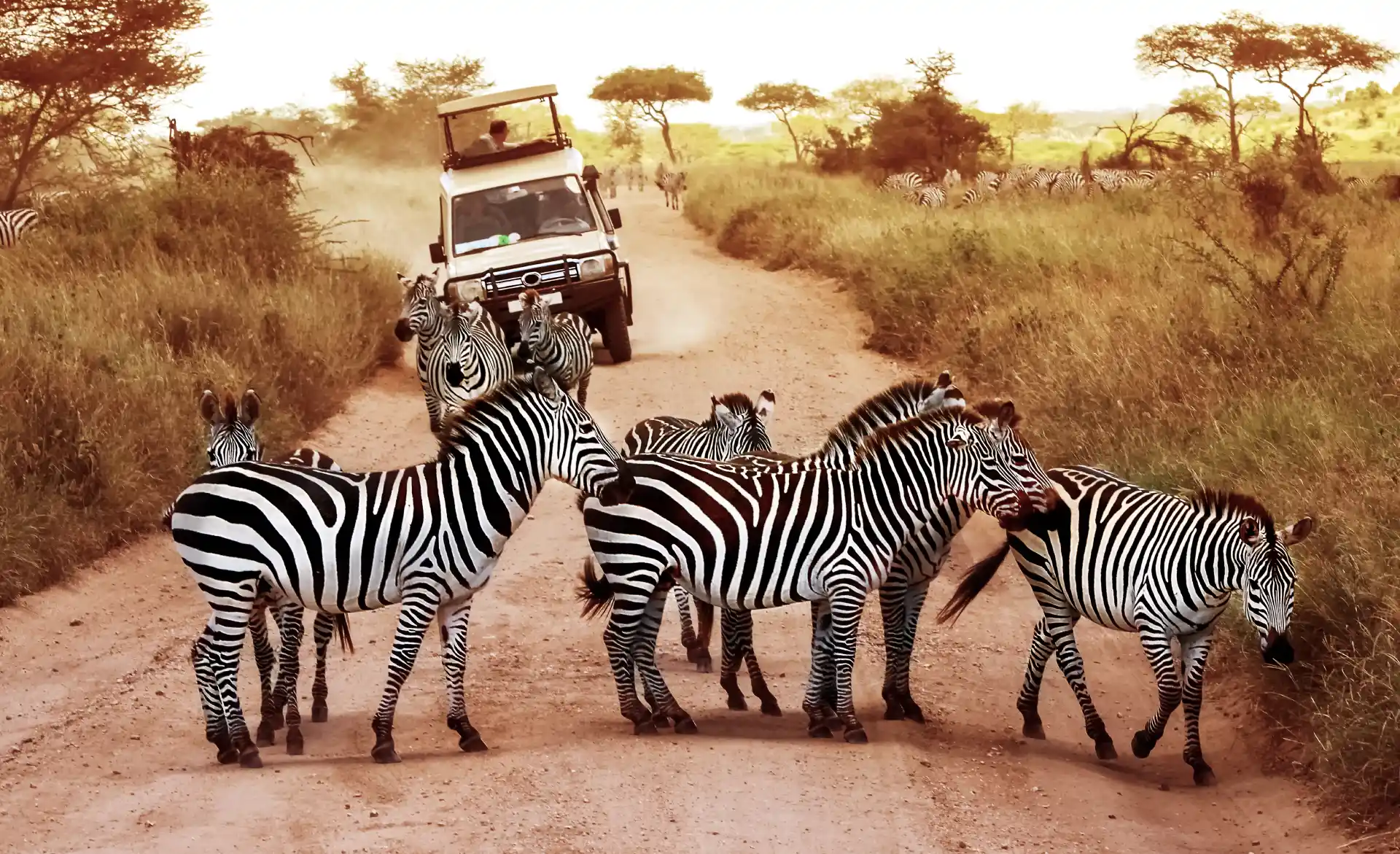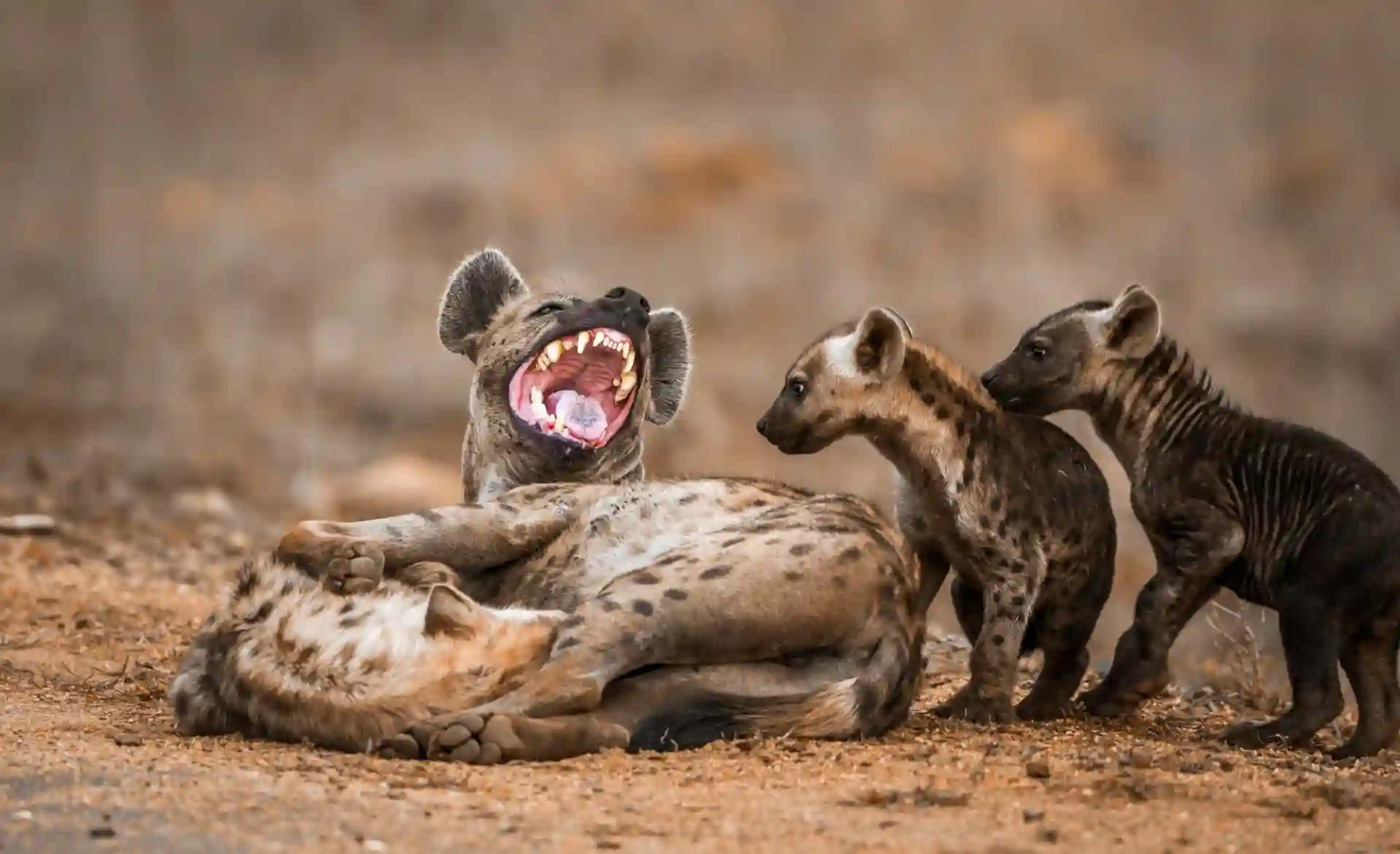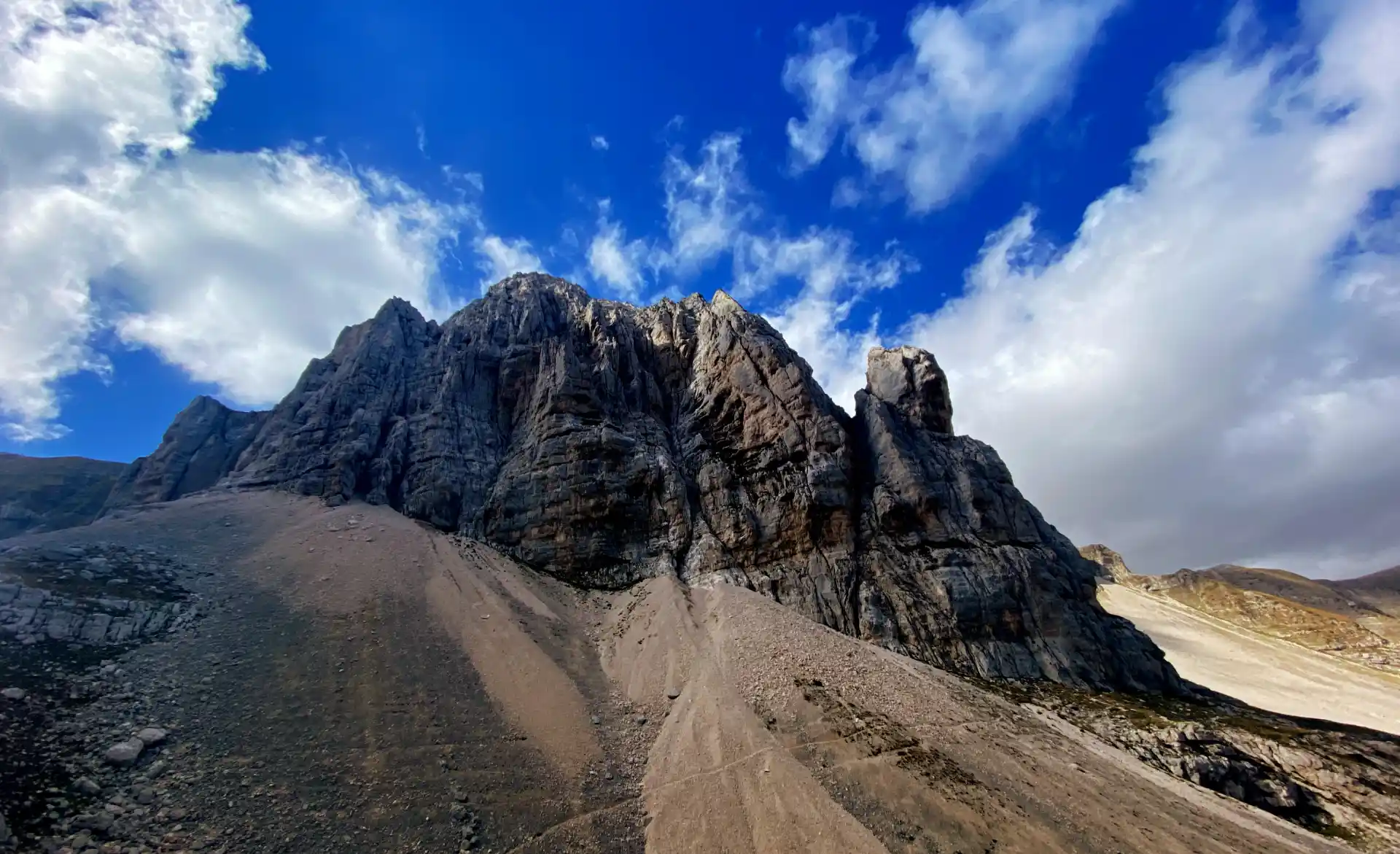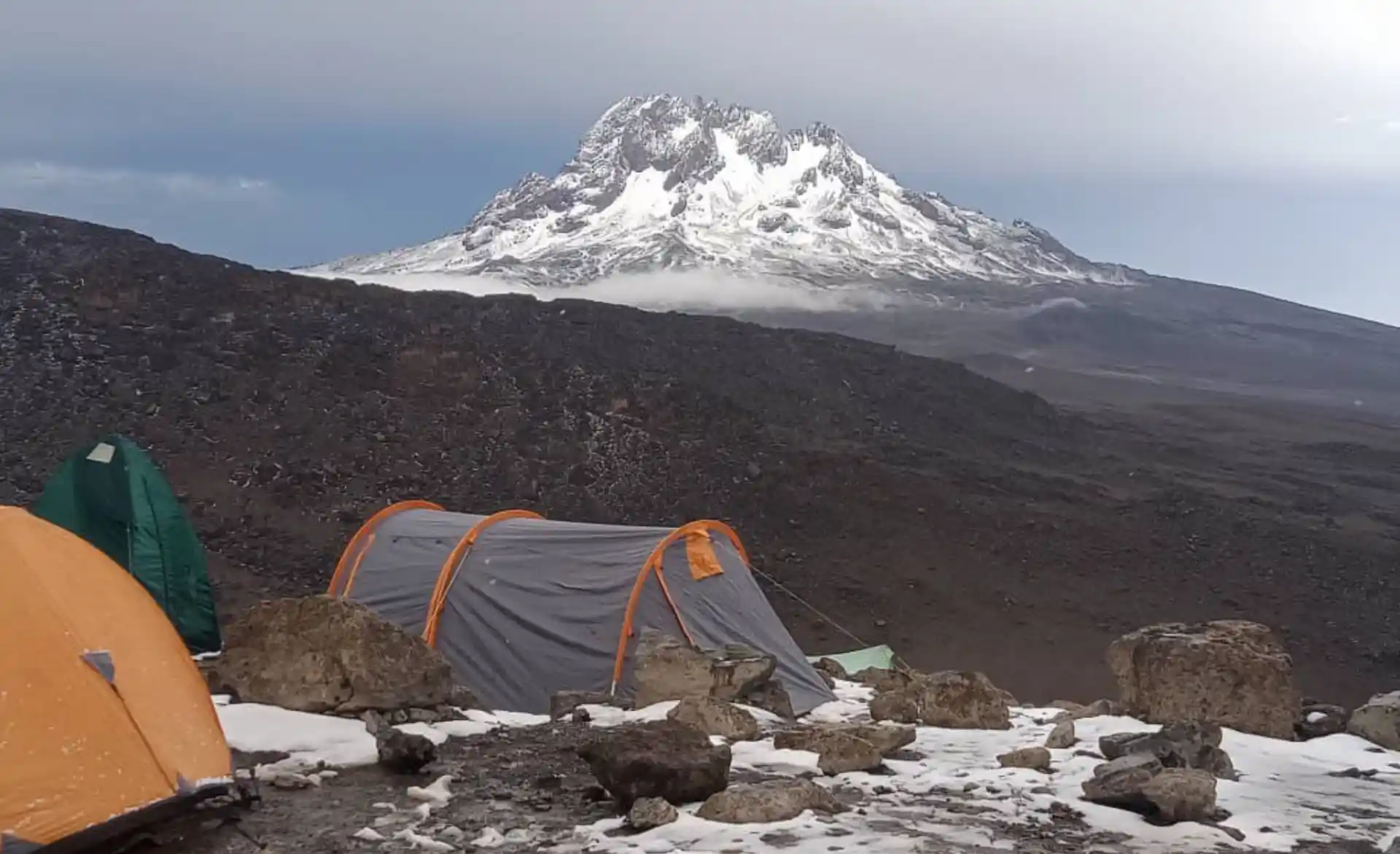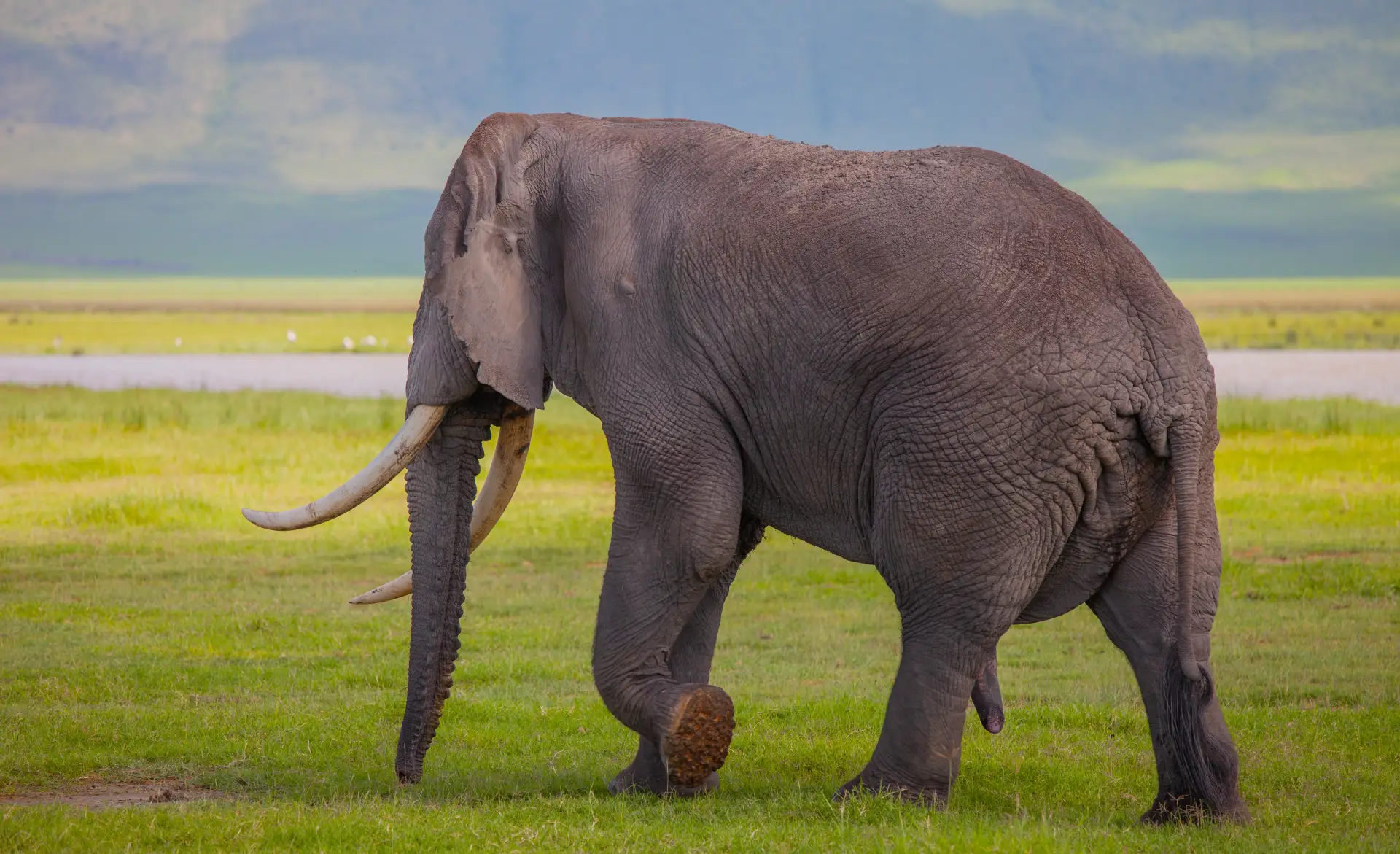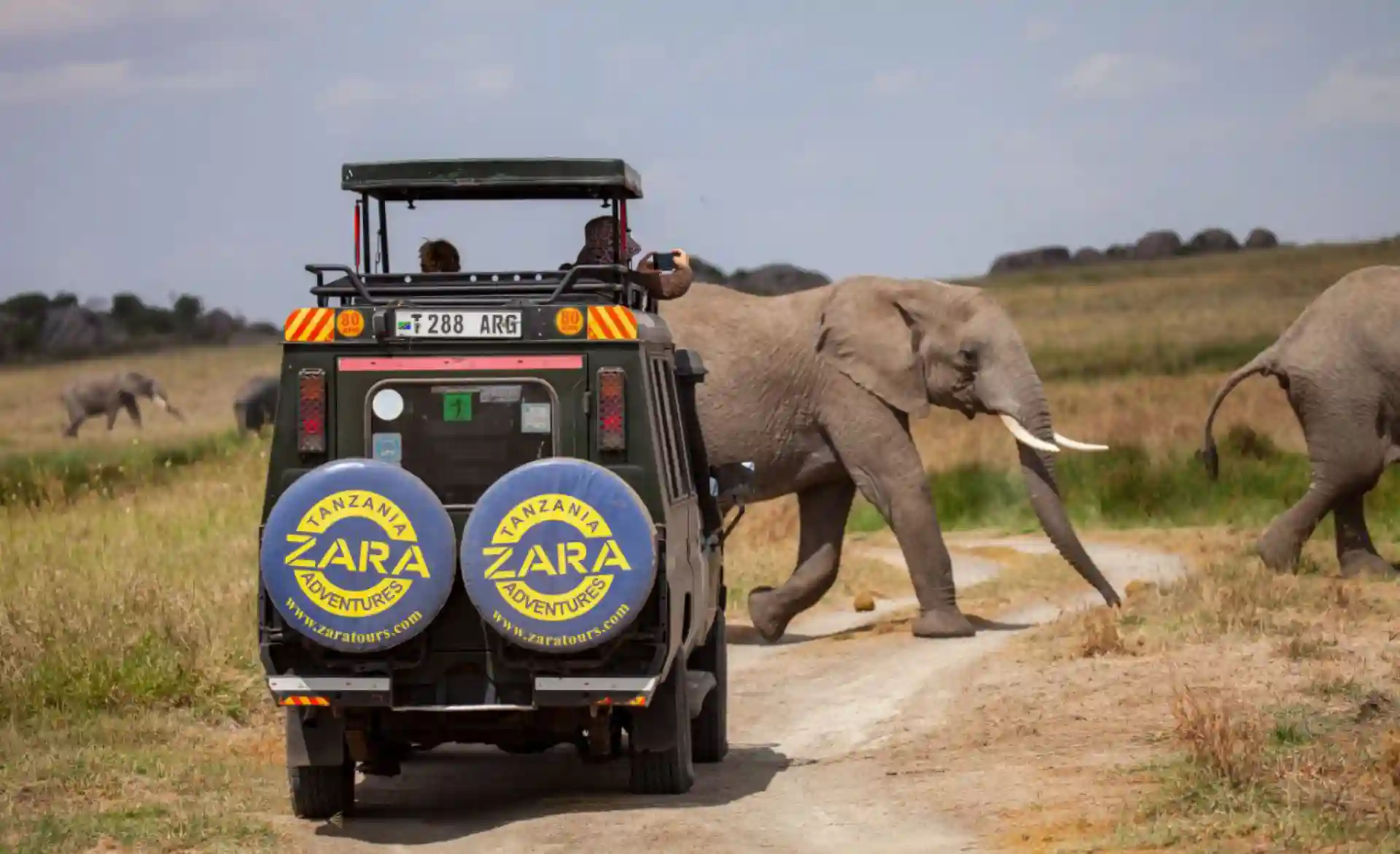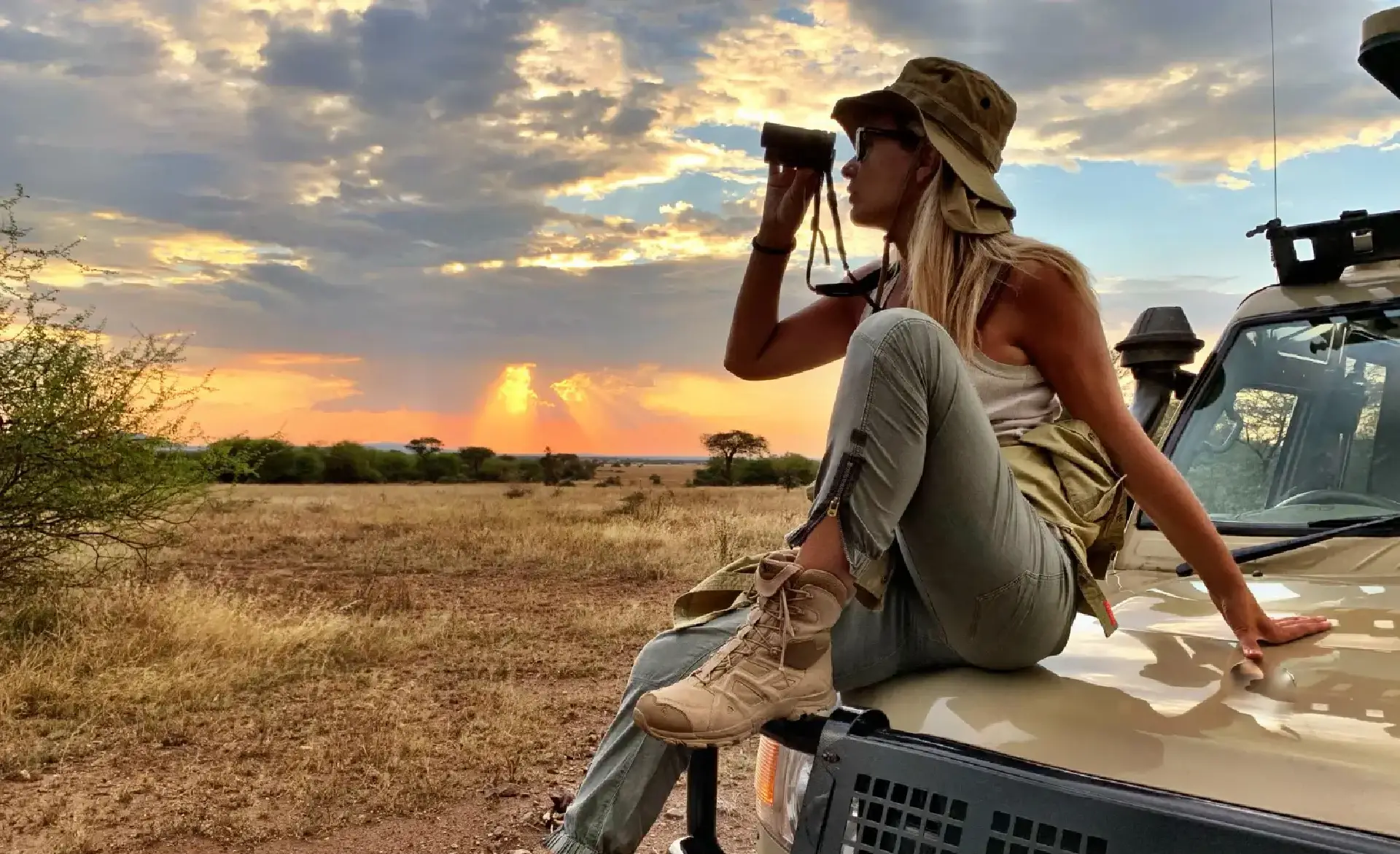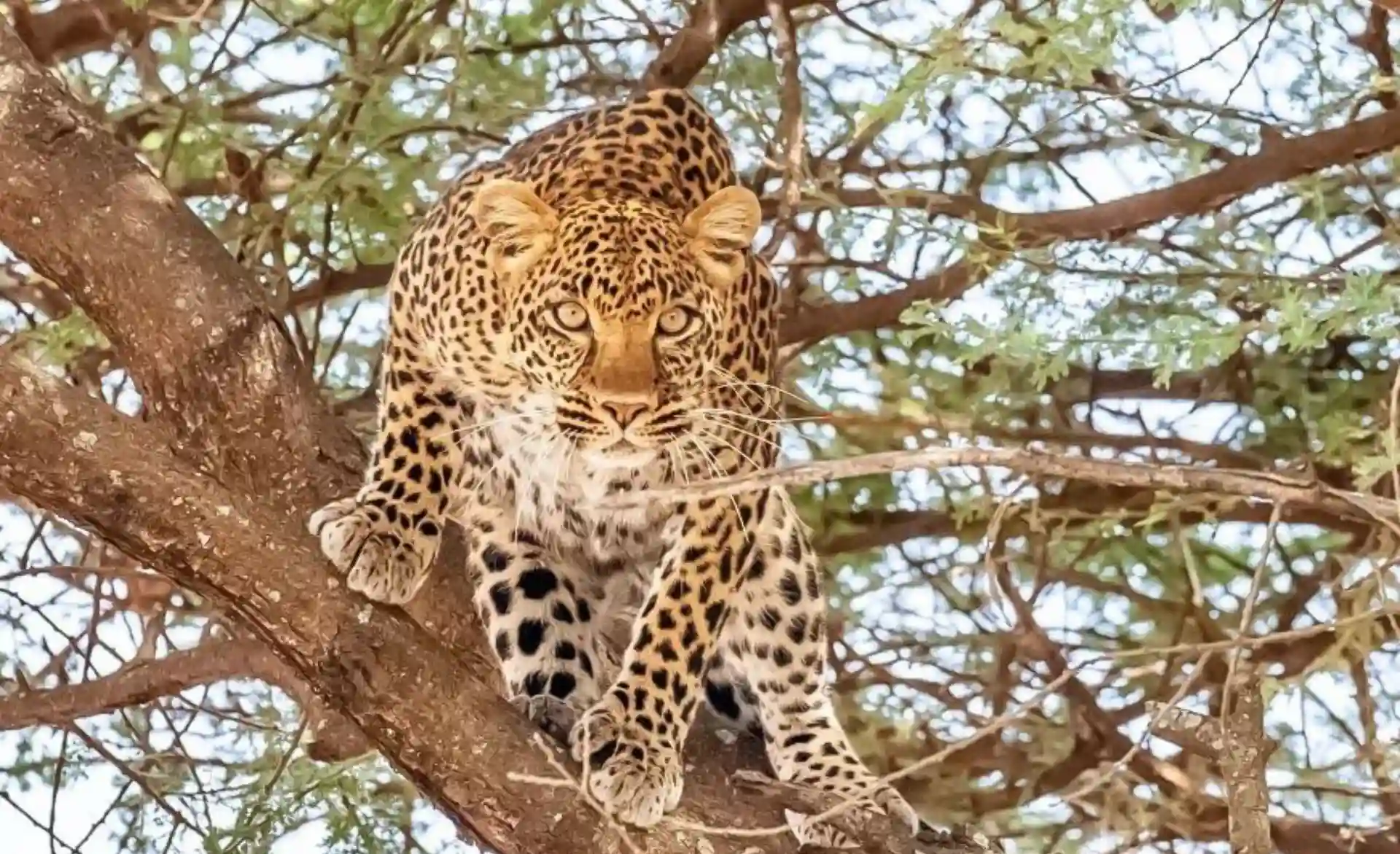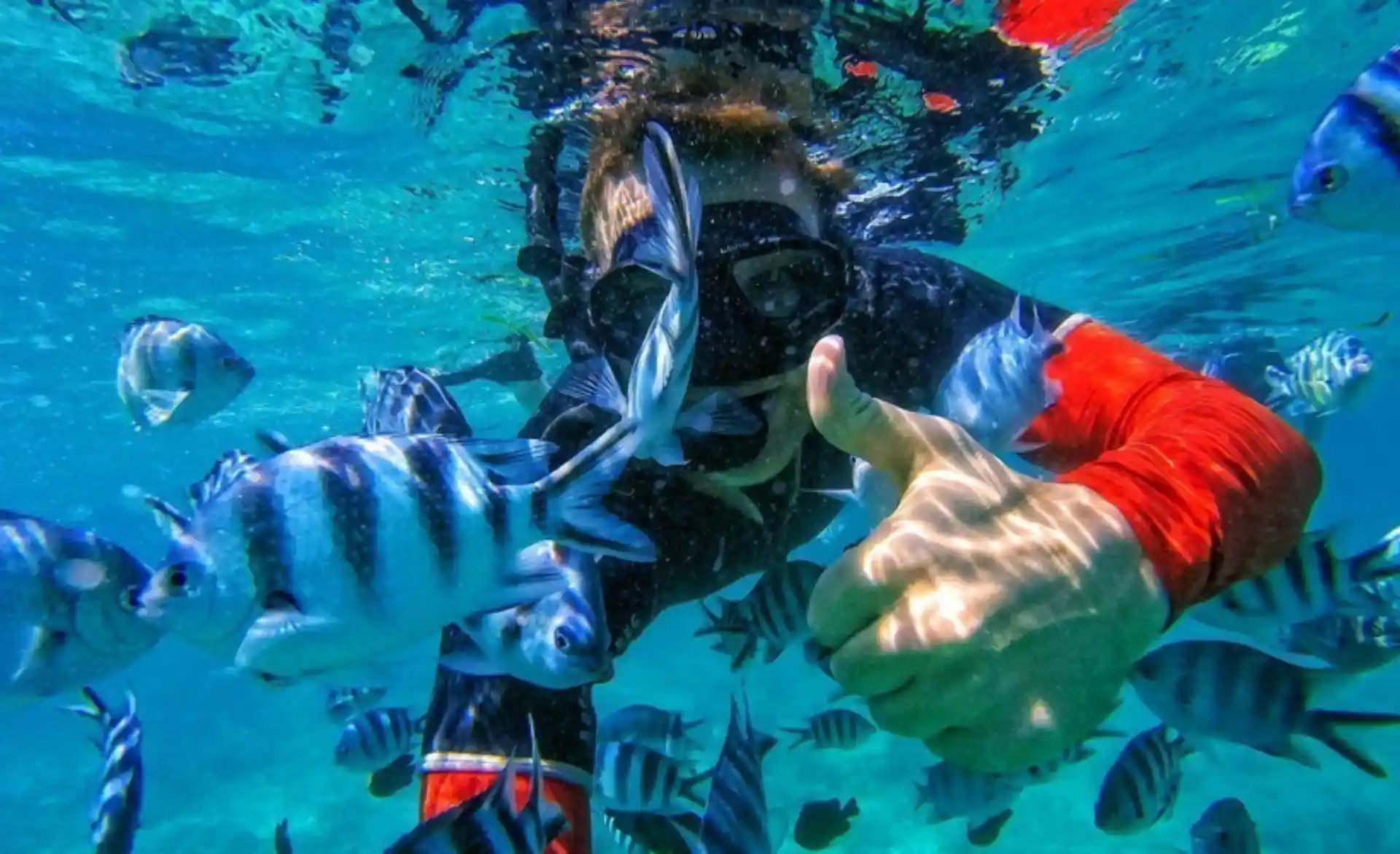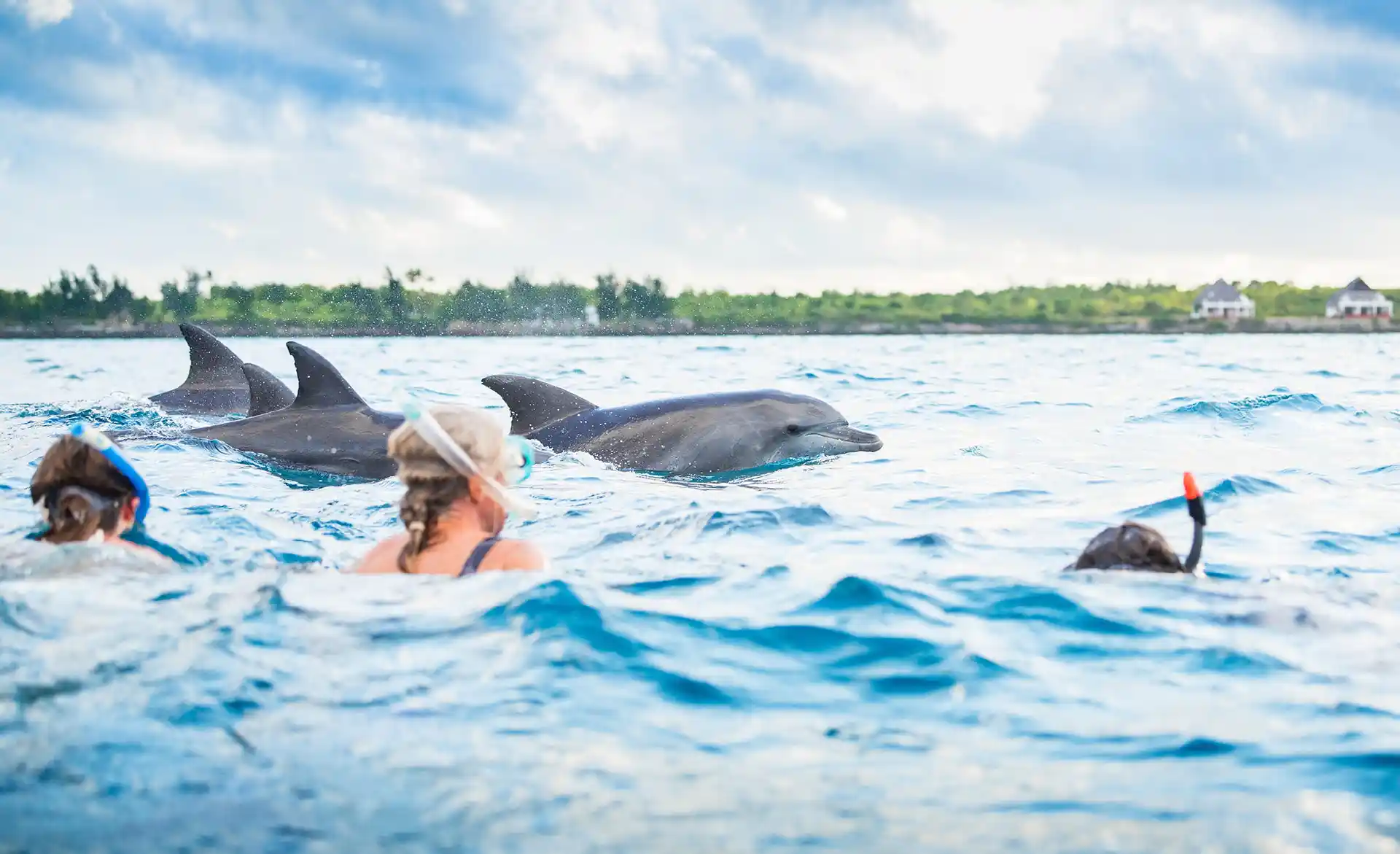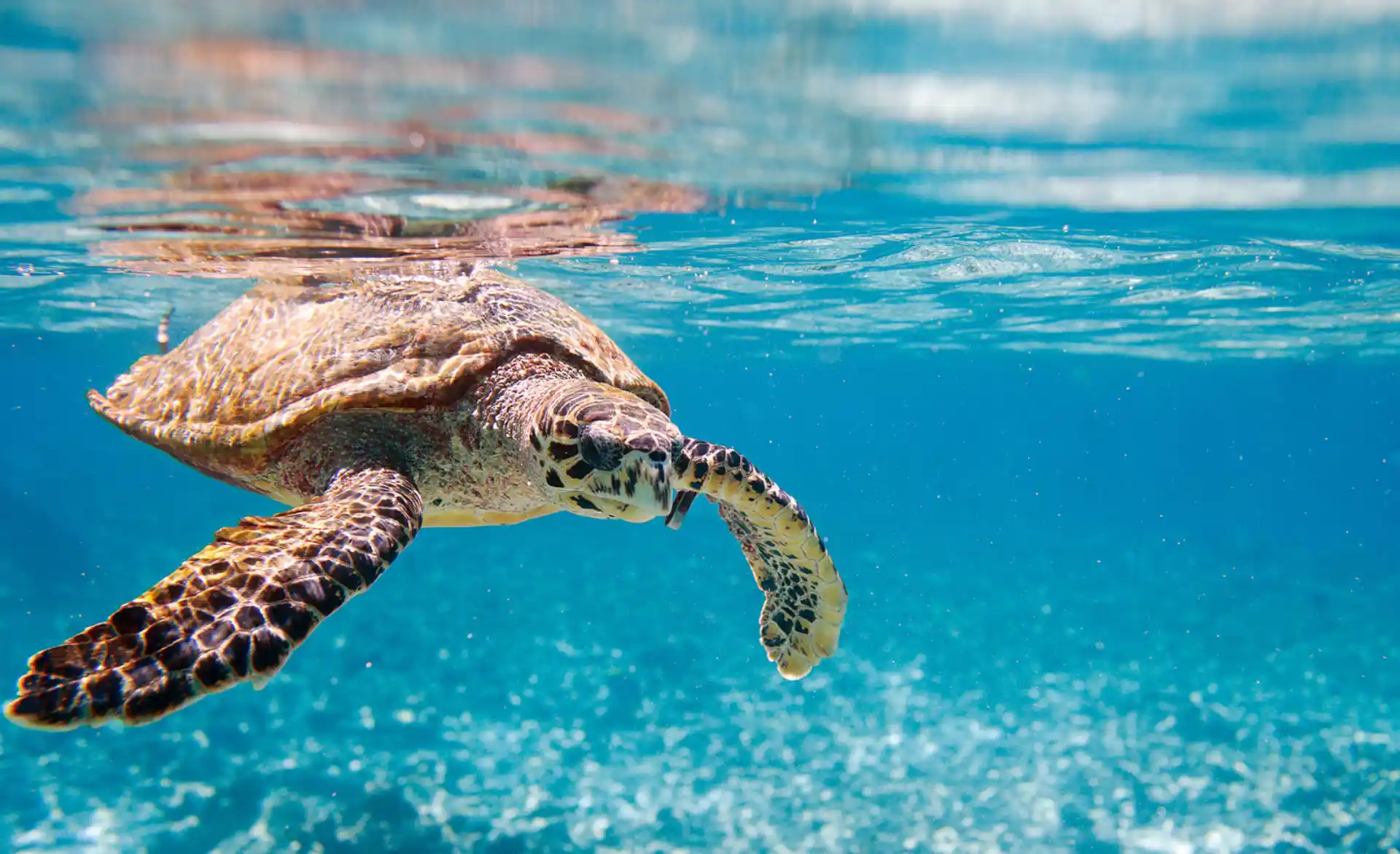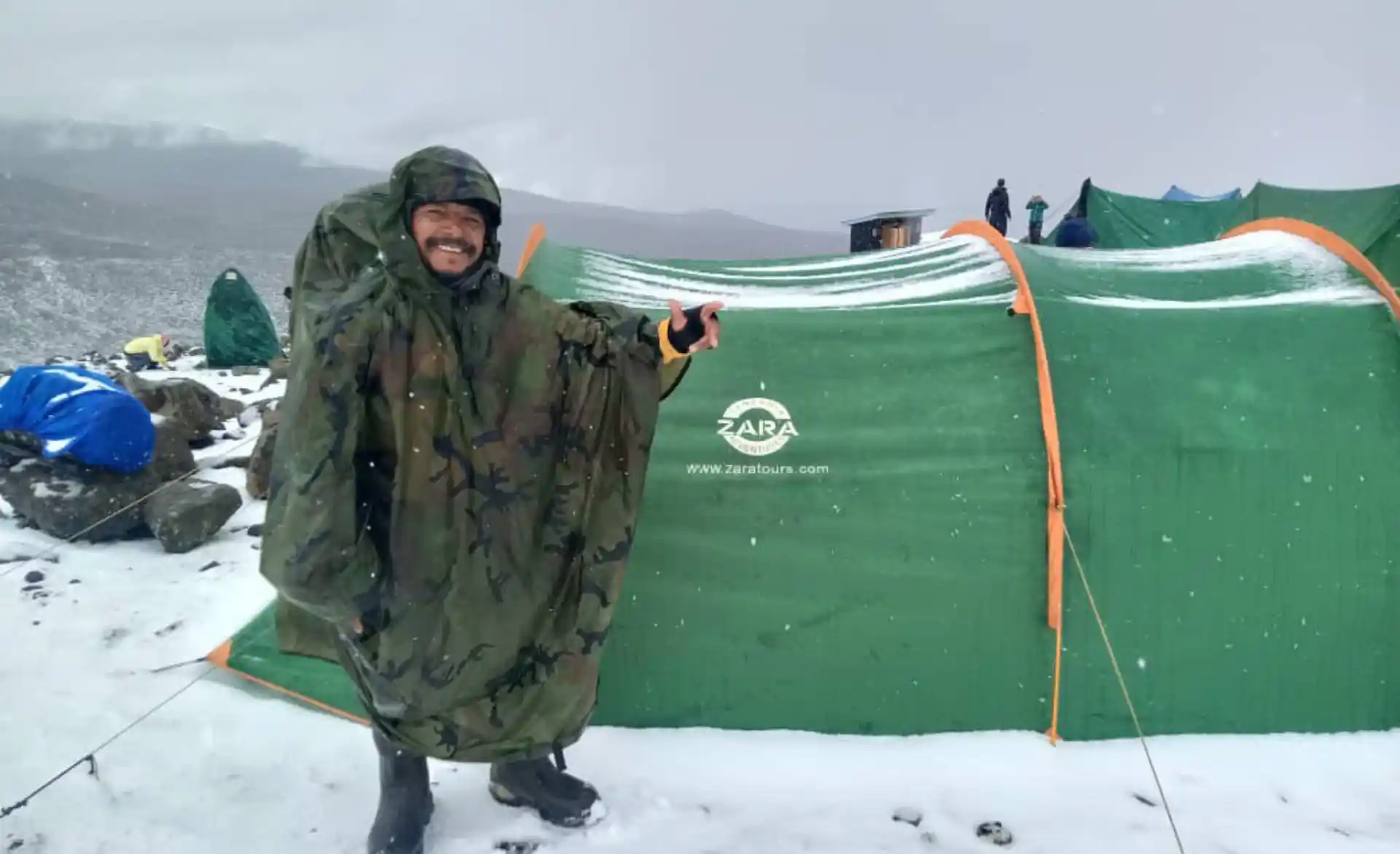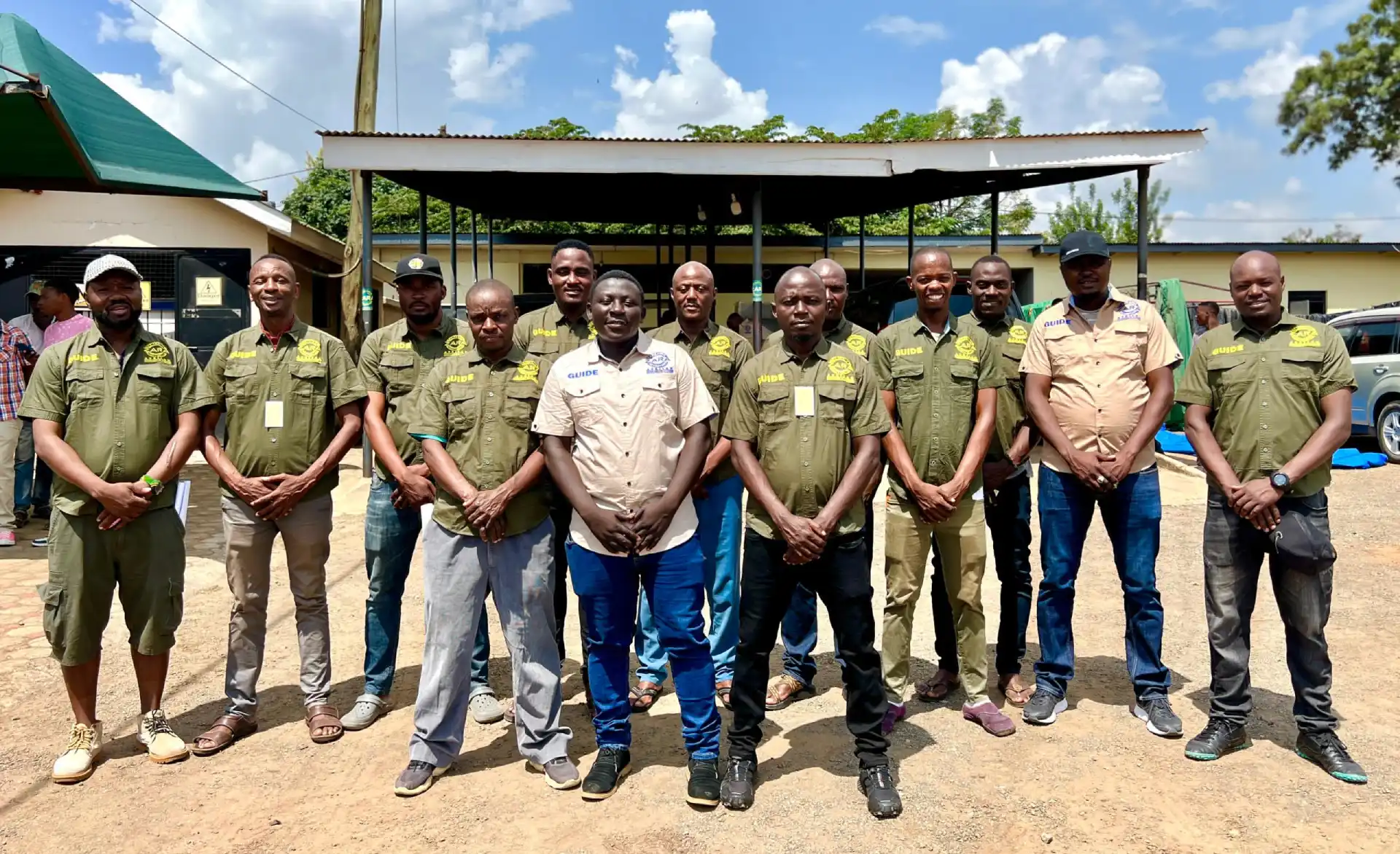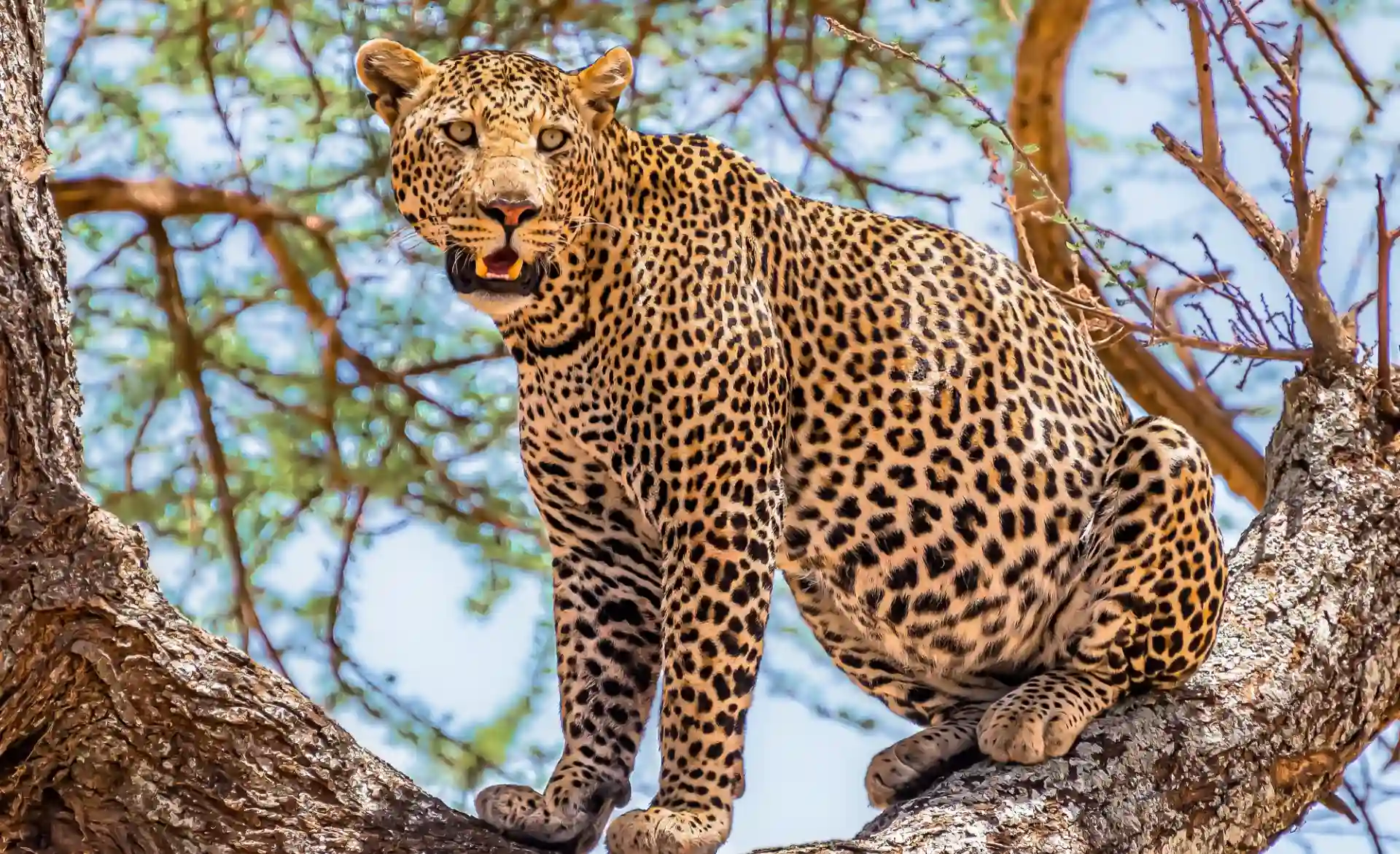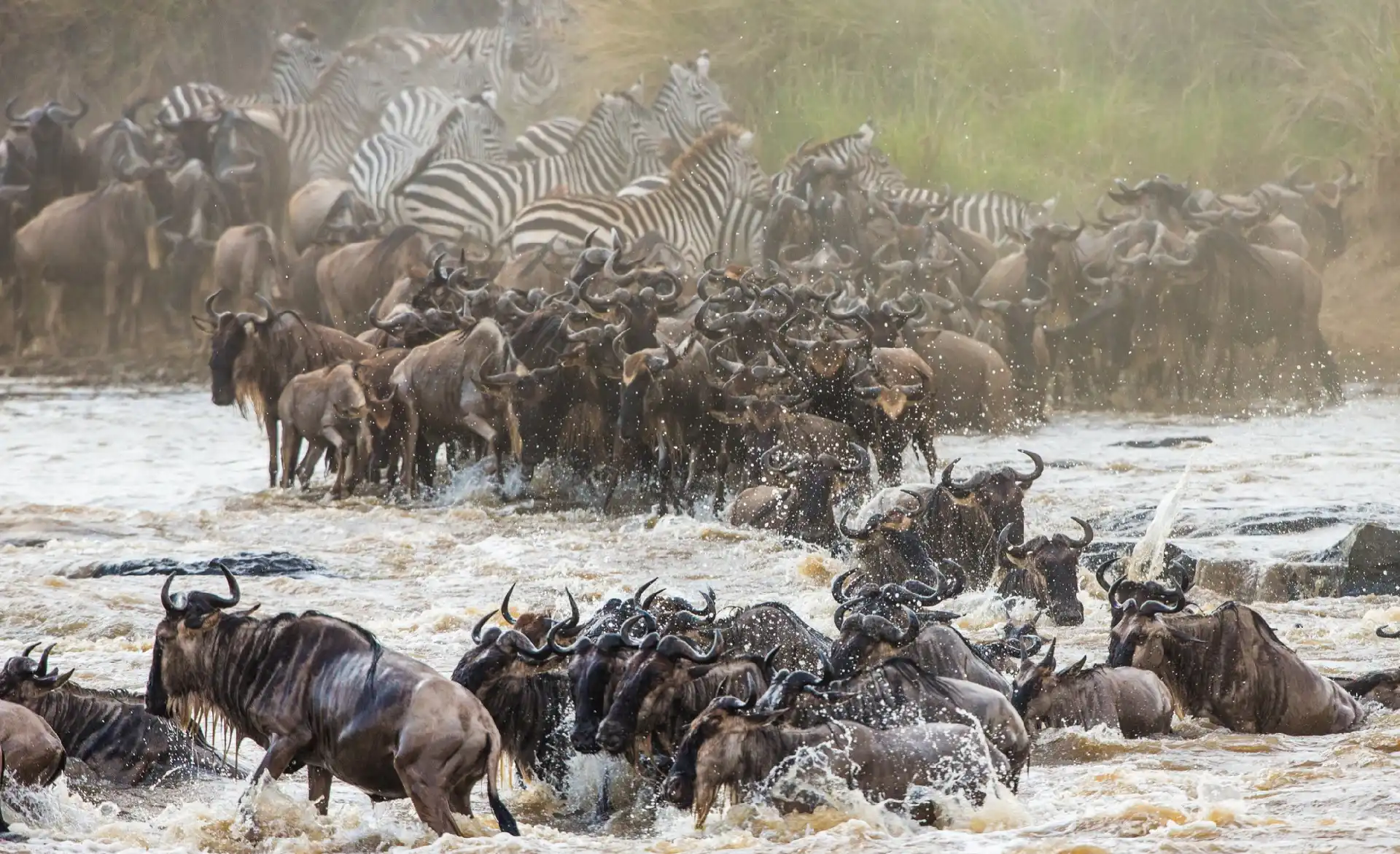Right Mount to Conquer
INCREDIBLE TRAVEL
Zara Tanzania Adventures
Climbing Mount Kilimanjaro, the highest free-standing mountain in the world, is on the bucket list of most adventure enthusiasts. Summiting Kilimanjaro gives a truly unique wilderness experience as you ascend to the highest peak in all of Africa. The very accessible and well established trails along the gradually ascending slopes of Mount Kilimanjaro offer the chance to marvel at its views and unique vegetation away from the hustle and bustle of civilization. Even though trekking the famous Mount Kilimanjaro is taxing on the body, it’s a once-in-a-lifetime reward as the experience of reaching the
Uhuru peak is indescribabe. Your dream of reaching “the roof of Africa” is right in front of you with Zara Tanzania Adventures and our experienced, ambitious, and highly committed climbing team.
Book with Us
ADDRESS
+1866 550 4447 / +14167003324

